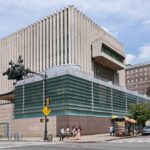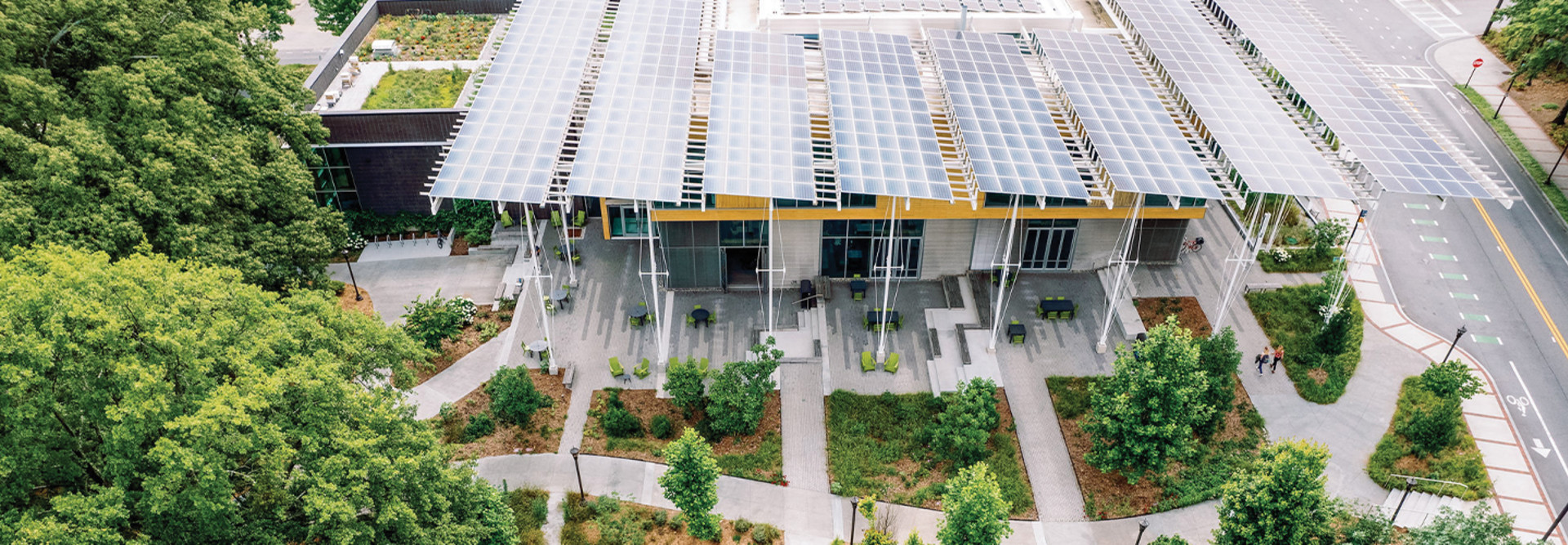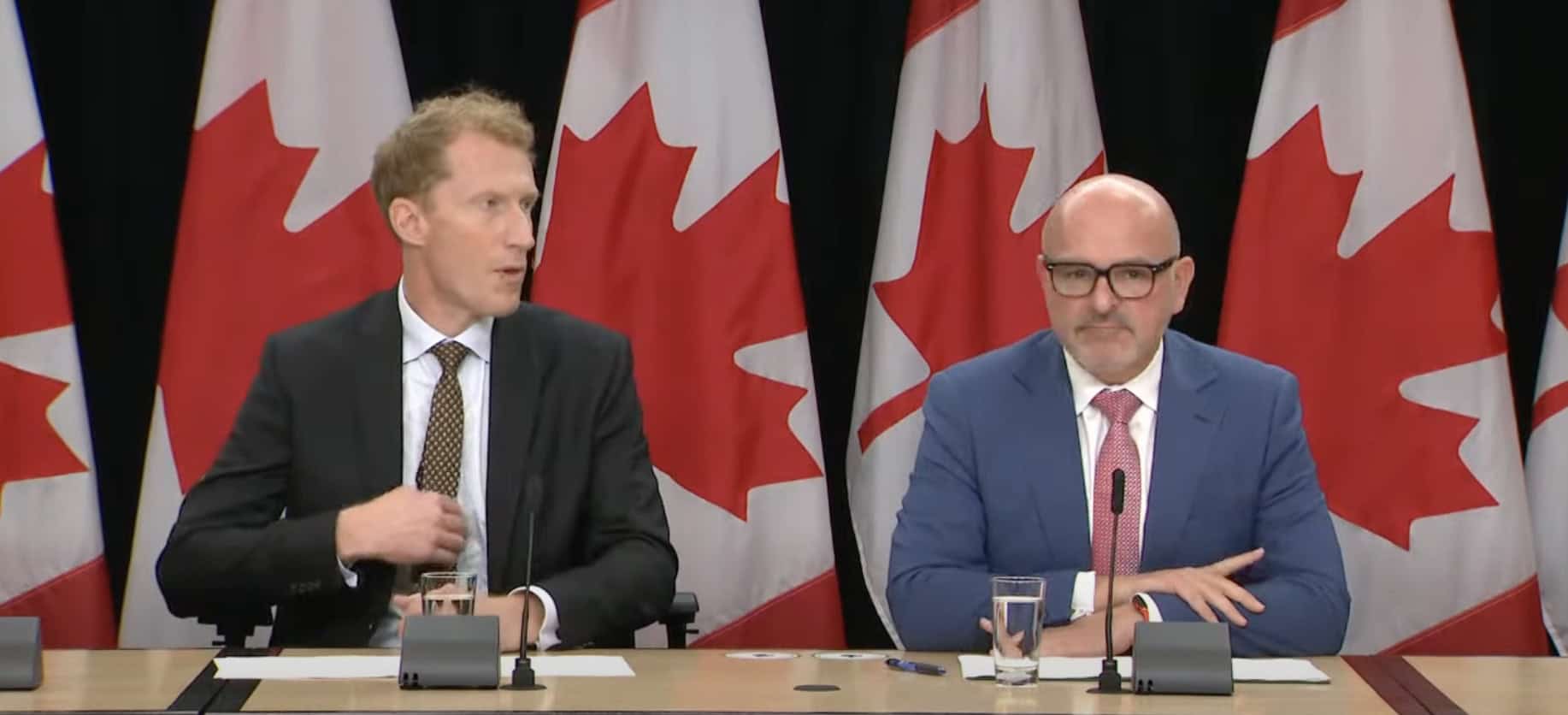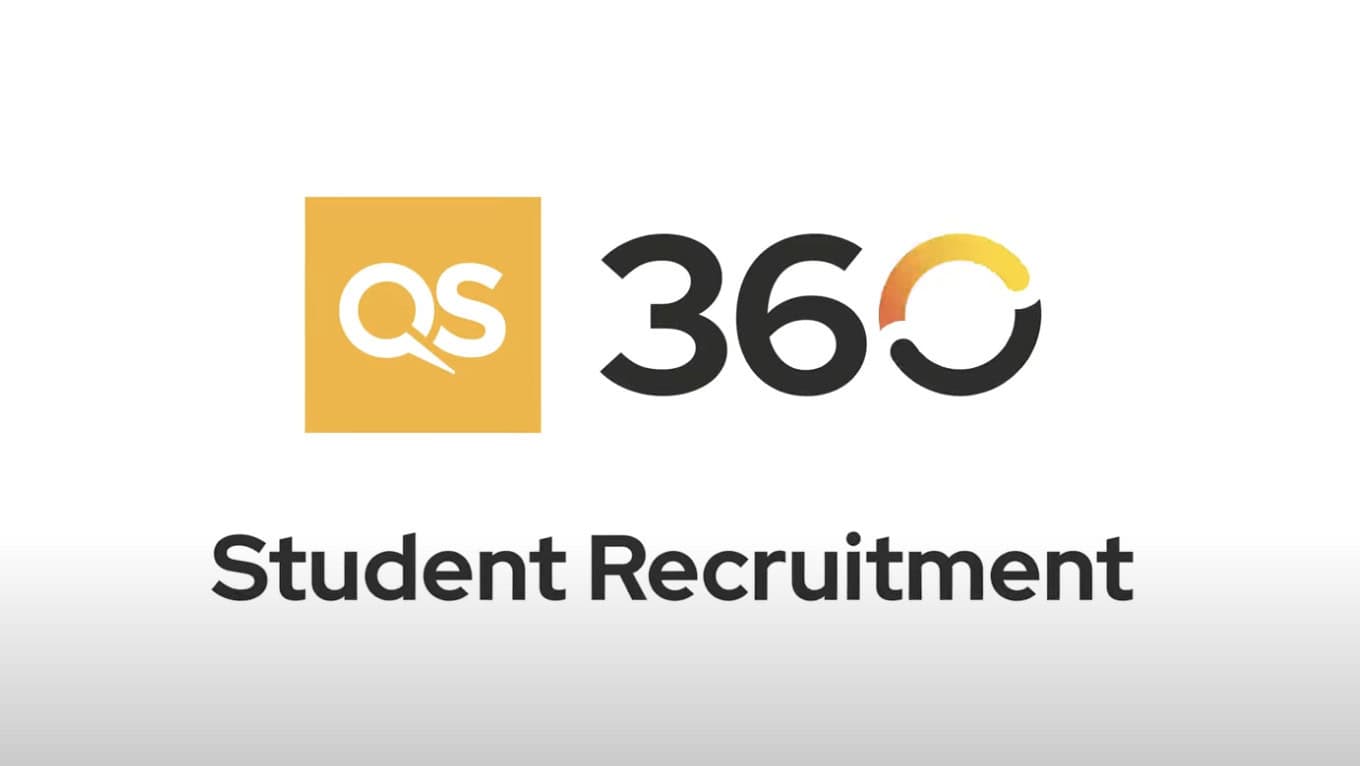Loparo adds that IoT is really what makes these buildings work.
“You overlay a communication network both within the building, to allow various sensors and actuators and control elements to communicate with each other, and across buildings, to allow the buildings to communicate and carry out energy-based transactions,” he says. “IoT is about the connection of physical devices with a communication overlay — allowing data and information commands to flow across that network bidirectionally — to improve the performance of a single entity and a collection of connected entities simultaneously.”
Differentiate Between Smart and Sustainable Building Technologies
So, what makes a higher ed building sustainable, or even smart? That depends on who you ask.
“IoT has become a blanket term that everybody wants to say they’re capable of, but are they solving a particular problem?” asks Robert Durning, CEO at GreenerU, a Boston-area design-build climate action firm specializing in education. He notes that it’s key to use the data collected from IoT devices in a way that promotes sustainability.
James Stephens, interim vice president of infrastructure and sustainability at Georgia Tech, warns against getting caught up in technology for the sake of “pretty pictures and analytics.”
RELATED: Find out what smart buildings can do for higher education campuses.
“That system may not be any more accurate or better-performing. In fact, it could even be a worse-performing system,” he says, advising institutions not to ignore more traditional sustainability practices in favor of shiny new tech.
“I could have an automated building with hundreds of IoT sensors that are web-connected to the other components, but what happens if the internet goes down?” he says. “And even if you have all those sensors, how you connect those sensors to the rest of the building is really important,” adding that some are for telling other parts of the system what to do; for example, opening a valve to make it cooler or warmer.
University Sustainability Projects Attract Thinkers of the Future
Sometimes it’s not just the academic buildings pushing for sustainability but collaborations with nearby businesses that attract the best thinkers graduating from higher ed institutions. That’s what Jeremy Slater, vice president of capital projects and facilities for Purdue Research Foundation, has been working on in a 400-acre community close to the university’s campus.
“The Discovery Park District is an innovation district — a work-live-play community with an inclusion of STEM and research,” he says. The district is home to walkable residential developments, technology company headquarters, university buildings dedicated to science and sustainability research, and more. Through partnerships and collaborations with organizations ranging from Fortune 100 companies to tech startups, the district aims to advance innovation while providing meaningful experiences for Purdue University students. Sustainability is a major factor in whether a project at the district is viewed as successful, Slater says.
#University #Buildings #Work #Smarter #Harder










